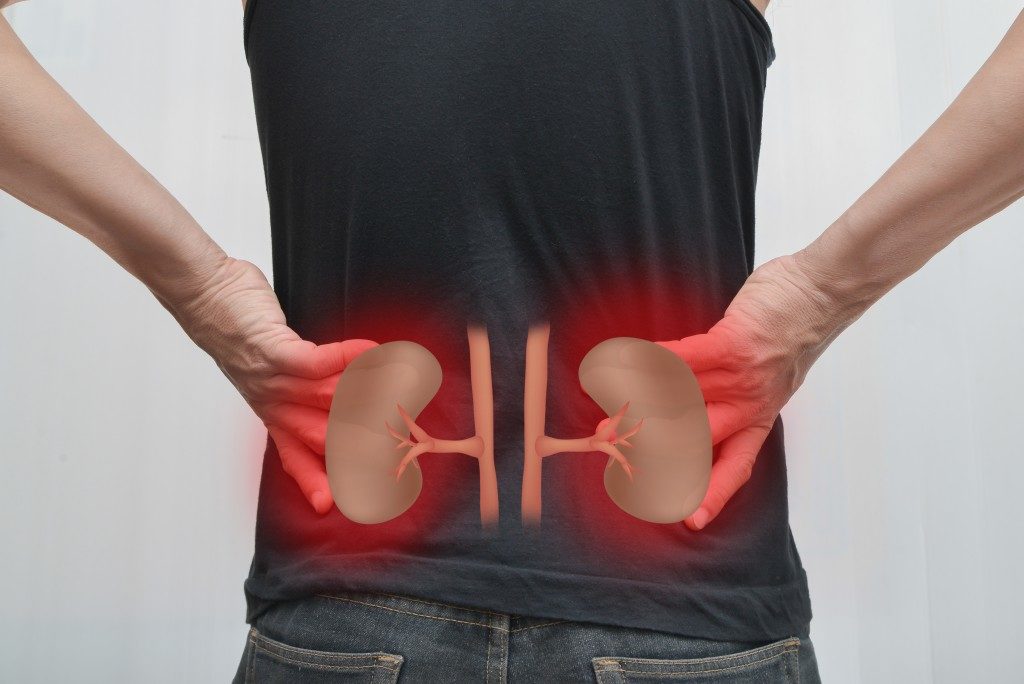For the longest time in the past, radiology was synonymous with diagnostic medical procedures. Although the primary use of radiology in medical circles remains for diagnosis, it now also has other applications. One of the most common is its use for interventional procedures. Interventional radiology procedures are primarily meant to deliver target therapy. They are the minimally invasive alternatives to laparoscopic and open surgeries.
In Bali and other areas, most interventional radiology procedures start with the insertion of a needle through your skin to the target treatment area. They are, therefore, also called pinhole surgeries. The world over is seeing a steady rise in kidney disease. While no single element is attributed to this rise, doctors have labored to come up with the best approaches for the treatment of the issues.
Interventional radiology procedures are among the best option since they minimize trauma to the tissue. Tissue trauma from most surgical procedures leads to wound-related problems, as kidney patients generally have lowered immunities. The following are the standard procedures in interventional radiology for kidney conditions:
Ureteral Stenting
In this procedure, an interventional radiologist places a soft tube known as a stent into your blocked ureter. Urine will then bypass the blocked ureter and flow directly from the bladder into a urine collection bag. Ureteral stenting restores your bladder’s functions and prevents permanent damage to your kidneys arising from urine retention and infections. The procedure is done under moderate sedation using fluoroscopy and ultrasound that guides the stent into the ureter. Ureteral stenting is often used in cases where the ureters are blocked by fat, fibrous tissue, or calcium deposits.
Nephrostomy

This procedure encompasses the placement of a catheter into your kidney through the skin. The catheter will, in most instances, be connected to an external drain bag, though it can also be connected to the bladder. Nephrostomy is generally used in cases where ureteral stenting is impossible. The procedure takes approximately an hour and is done under moderate sedation.
Suprapubic Catheterization
Here, a catheter will drain urine straight from the bladder and into a drain bag. Unlike in nephrostomy and ureteral stenting, the catheter in suprapubic catheterization is inserted just below your belly button. It relieves pressure in your kidneys from accumulated urine. Suprapubic catheterization is beneficial for people for whom ureteral stenting and nephrostomy are not possible.
Angiomyolipoma Embolization
Angiomyolipoma refers to a benign kidney tumor. It comprises fat, muscle, and blood vessels. Without prompt intervention, this tumor often results in life-threatening bleeding. In interventional radiology, embolization guided by ultrasound and other imaging techniques cuts off the tumor’s blood supply. This averts the risks of bleeding outside or within the kidneys in the future.
Thanks to the procedures mentioned above, the long recovery period and considerable risks associated with open surgeries in kidney patients are minimized, if not altogether negated. They can get the highest levels of care irrespective of the stage of their kidney conditions. Interventional radiology procedures have also been shown to have better treatment outcomes than traditional procedures.



